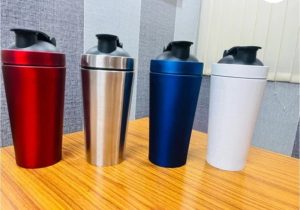Radiator manufacturing companies are picking out inventive radiator designs which are effectively performing their heating role and are elegant looking as well. Radiators are now available in different colours, designs and forms, allowing homeowners to truly have a range of style and glamour whenever choosing radiators. When selecting a custom radiator, there are a few important aspects you should think about before investing your money. It is very important to remember that the major purpose of a temperature radiator would be to heat up your home; therefore, the ability of your designer radiator to perform this job must certanly be at the core of its design. First, consider the quantity of heat needed to loosen up your property to the recommended temperature. There are many formulas used to get this temperature and you will get them online. Heat output for radiators is calculated in thermal units per hour. Another thing to think about could be the located area of the radiator. With designer radiators, you may not have to full cover up them since it may be the case with traditional radiators. These new inventive radiators can be placed as wall hangings or as art displays under windows or on walls. Browse the below mentioned site, if you are hunting for more information about atlantis water softener.
Radiators are often positioned on outside walls as cold air has the capacity to push heat across the room. While how big the radiator depends on its heat output capability, it is also important to take into account it, particularly if you have a tiny house or room. Once you’ve finished considering the factors that will affect picking a radiator in your house, now it is time and energy to consider the sort of designer radiator to choose. The major thing to think about is the sort of material you want. This may be determined by your financial allowance as some materials will cost a lot more than others. The most frequent and cheapest material is steel. Other materials include aluminium which can be malleable hence used to create sleek radiator panels with elegantly sculpted features. Since aluminium is lightweight, it may be attached to virtually all walls without causing strain on the structure. Further, this material is straightforward to warm up hence little energy is needed to warm the house.
However, you need to understand that aluminium also loses heat very quickly when switched off. Cast iron is something that you ought to consider. This material takes time and energy to heat but is slow to lose the warmth when power is turned off. Unlike aluminium, cast iron is heavy and must certanly be mounted on walls or floors that can hold this weight. It is a traditional material for radiators hence is found in salvage companies, if you’re thinking about those old designs. Other materials which can be getting used nowadays include glass and stone. They have gained in popularity while they produce good decorative options and are energy efficient. Experts also advise that you ought to put some thought into the finishing of the radiators as glossy surfaces don’t radiate just as much heat as matt finishing.




